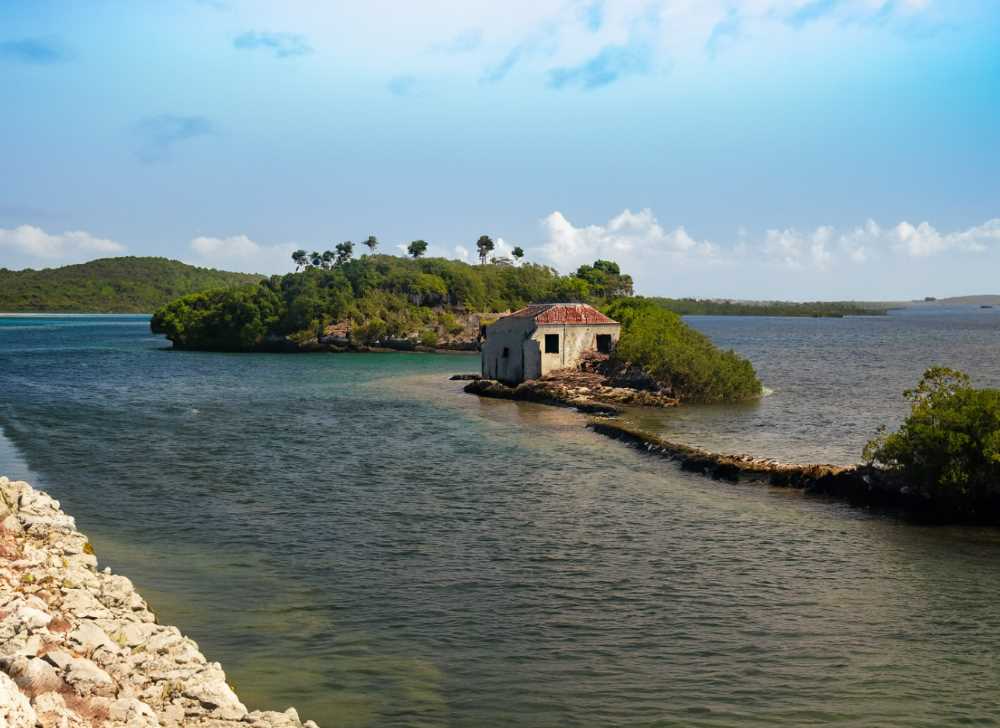The Gritty Chronicles of Islas Marías' Most Notorious Inmates
Welcome to the chilling saga of Islas Marías, Mexico's long-standing penal colony that has housed characters as riveting as they are horrifying. Imagine a motherly figure charged with assassinating a former President, altering the course of history.

Welcome to the chilling saga of Islas Marías, a penal colony that once stood as Mexico’s Alcatraz. Closed in 2019, it housed criminals whose stories seem almost too harrowing to be real. Yet, these are not mere tales of fiction; they are a glimpse into the darker corners of human nature, engraved in the annals of a prison island that has fascinated and horrified for generations.
Concepción Acevedo: The Mother with a Violent Secret
First, let's delve into the enigmatic life of Concepción Acevedo, widely known as “La Madre Conchita.” Her title, which translates to 'Mother Conchita,' befits a devout and caring woman, but don't let the name deceive you. She was charged with a crime that shocked the entire nation— the assassination of Álvaro Obregón, a former President of Mexico.




